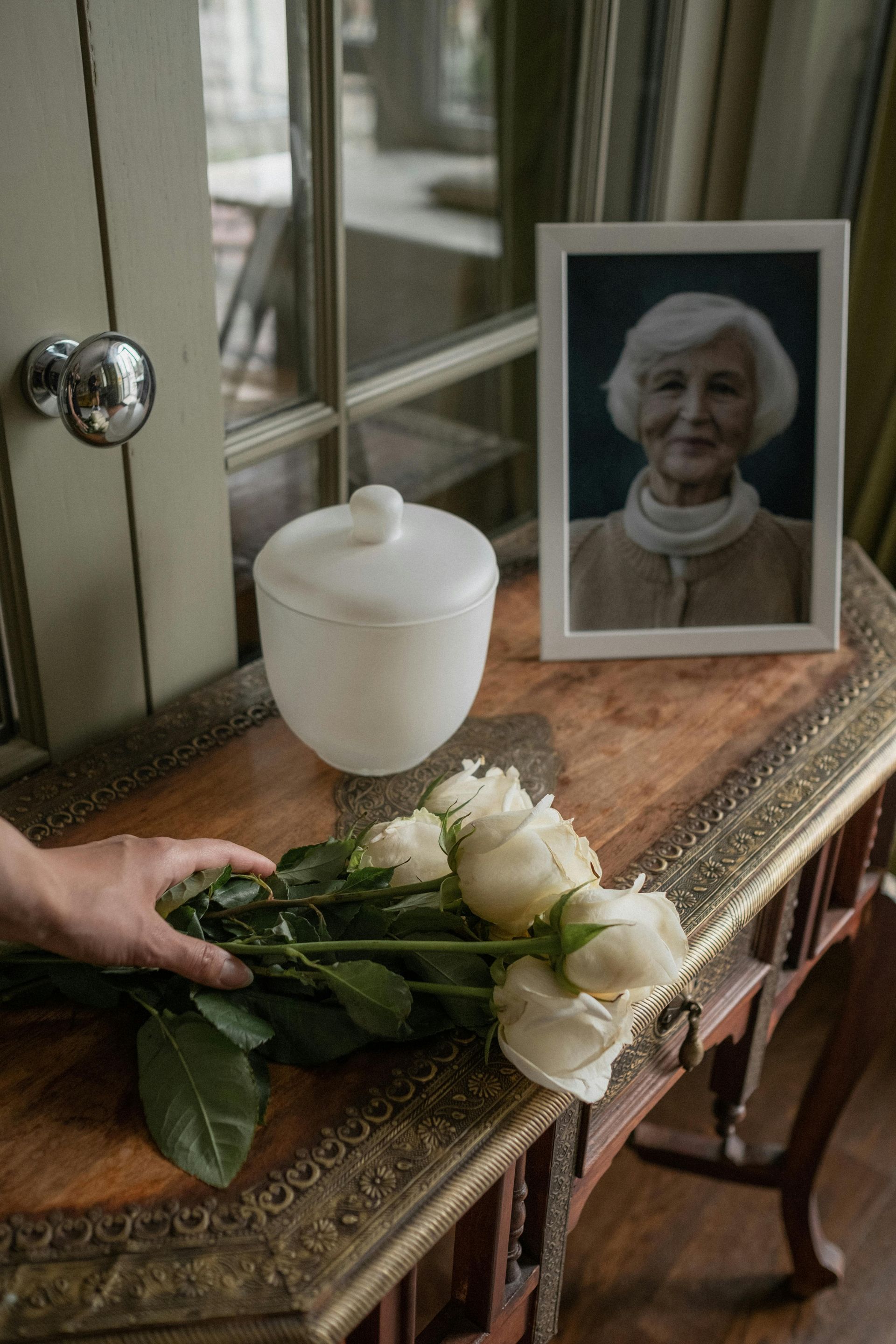
After a loved one passes away, the funeral and initial grief are often the immediate focus. But as time goes on, you're faced with the more quiet, practical task of dealing with their possessions. This isn't just a physical process of sorting and clearing; it's an emotional journey of remembering, letting go, and honouring their legacy.
This guide will help you navigate both the practical and emotional aspects of handling a loved one's belongings, offering a compassionate approach to a difficult task.
Step 1: give yourself time.
Before you do anything, take a moment to breathe. There’s no rush to clear out a home or even a single room. The first few weeks and months are for grieving. Trying to make big decisions while you're in the throes of sadness can be overwhelming. Allow yourself space to process your emotions before you start sorting through their life's collection.
Step 2: The practical first steps
While you shouldn't feel pressured to rush, there are a few initial steps you should take to secure the estate.
Secure Important Documents: The very first thing to look for is their will, and any other critical documents like bank statements, insurance policies, and property deeds. These should be put in a safe, secure place.
Create a Triage System: As you begin to sort, it can be helpful to create three piles or boxes:
- Keep: Items of sentimental value, important documents, or things you genuinely need.
- Donate/Sell: Items that are in good condition but that you don't want to keep.
- Dispose: Items that are broken, outdated, or have no real value.
Photograph Everything: Before you give away or dispose of a large item (like a piece of furniture), take a photo. This way, you'll always have a visual reminder without the physical item taking up space.
Step 3: Navigating the emotional minefield of grief
This is where the real work happens. Every item, from a faded photograph to a favourite jumper, can hold a powerful memory.
Reconnect: As you go through items, let yourself feel the emotions that come up. Don't fight them. When you find an old photo album, sit down and look through it. When you pick up their gardening gloves, remember the time they spent in the garden. This is a chance to reconnect with their story and your memories of them.
Involve Others: This is not a task you have to do alone. Involve family and close friends who may want to share memories or even take an item. This not only makes the task easier but also allows others to feel connected to the process. Consider having an open day where people can come and respectfully choose a few mementos.
Create a Legacy Box: For special items you want to keep but don't have a place for, consider creating a legacy box. This could be a decorated chest or a simple storage box filled with their letters, a watch, or other small, meaningful trinkets. This keeps their memory close without cluttering your home.
Step 4: Making decisions for the future
Once you've navigated the emotional part, you can focus on what's next for the items themselves.
Donating and Gifting: Donating items to a charity or a cause they believed in is a wonderful way to honour their values. You could also gift items to friends or family who would cherish them.
Selling: For items of significant value, like antiques, art, or jewellery, you may consider selling them through an auction house or a specialist dealer. Be sure to get a professional valuation first.
Re-purposing: Can you give an item a new life? Perhaps their old wooden chest can be a new coffee table, or their old scarf can be made into a pillowcase. Re-purposing gives their possessions a new purpose and keeps a piece of them with you in a meaningful way.
Final Thoughts
Dealing with a loved one’s possessions is a journey that’s both practical and deeply personal. By giving yourself time, involving others, and focusing on the legacy rather than just the objects, you can turn a daunting task into a meaningful act of remembrance.
How else can we help?
Can’t find what you’re looking for?
We’re happy to answer any questions you have. Just drop us a line, or give us a call.




